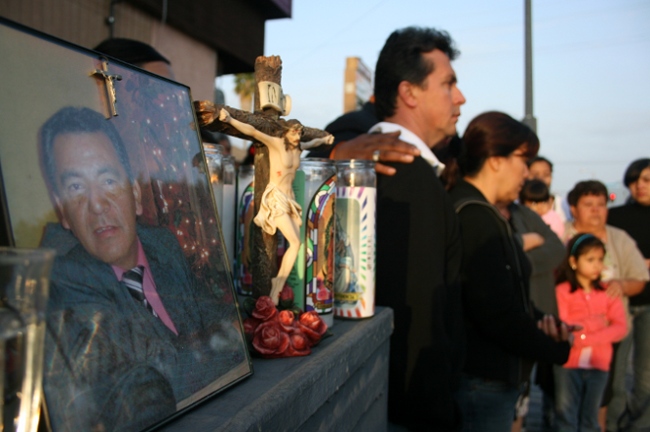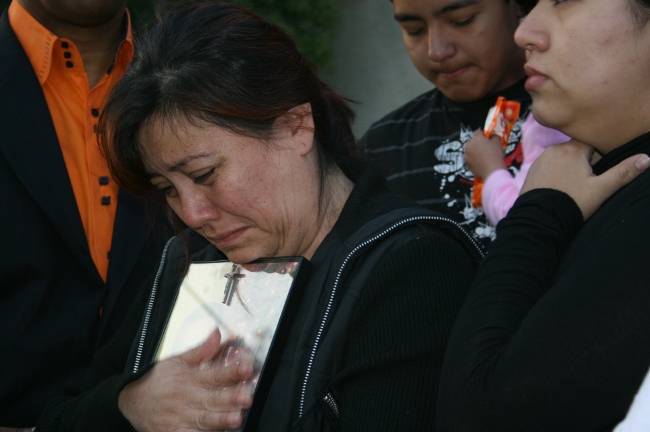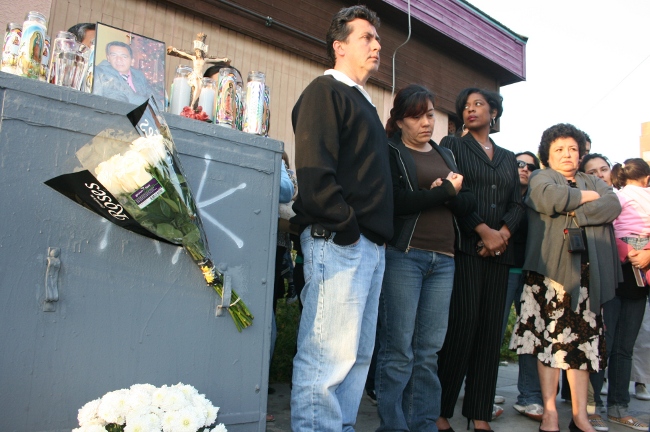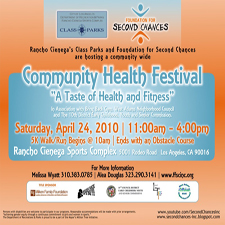Since calling for a hiring freeze in early February to help close a $10 million budget gap, the Inglewood City Council has approved the hiring of 21 new employees at a cost of nearly $2 million.
The new hires include four in the planning department, two in the city clerk’s office, four in the police department, nine in the parks and recreation department and two in residential sound institution.
The salaries and benefits for the new hires will add a cost of nearly $2 million to the city’s $324 million budget. Three of the positions are described as part-time, and seven are temporary.
During the hiring freeze, each new position must be approved by the city council, an additional step in the hiring process.
Councilwoman Judy Dunlap said each hire is examined closely and that all of the hires the council has approved since the freeze went into effect are crucial to providing key city services.
“We are looking at tremendous cuts and expenditures,” said Dunlap. “We strongly consider these things when we’re looking at hirings.”
The jobs deemed most crucial after the council approved the freeze were those in the city clerk’s office, which have been filled.
In her request for the city council’s approval of new hires for her office, City Clerk Yvonne Horton anticipated six elections taking place in Inglewood between June 2010 and June 2011, half of them runoff elections. Horton told the council that the positions “will allow the City Clerk’s office to provide excellent service to the community.”
The city budget allots less than $600,000 to the city clerk’s office. The two new hires will cost $161,000 combined.
Ed Maddox, public information officer for Inglewood, said other jobs, such as those needing to be filled in the planning department, are handled on a “case-by-case” basis. Some requests were made before the Feb. 2 hiring freeze gained approval, complicating the approval process.
In the planning department, lack of adequate staffing has delayed plans to convert Hollywood Park into a housing and business development, according to city staff.
Council Member Ralph Franklin said the planning department jobs are a catalyst for future job opportunities.
“By hiring planners, we stimulate the job market with these projects that allow for more jobs to be created,” Franklin said. “The money is recycled back into the city.”
Dunlap said the city council is still in the process of completely providing permission for each department to choose final job candidates. She said the city council should be presented with a new list of prospective planning department employees within the next two weeks.










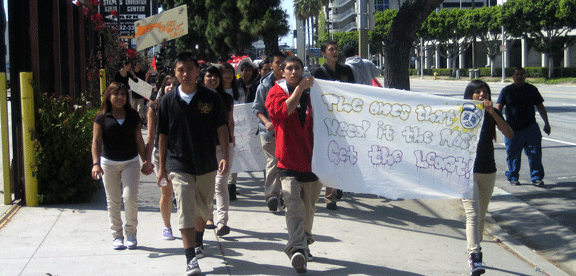

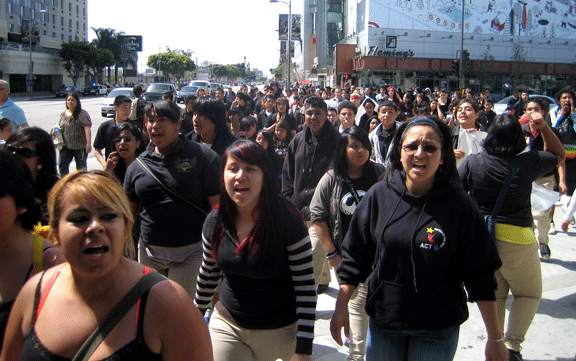
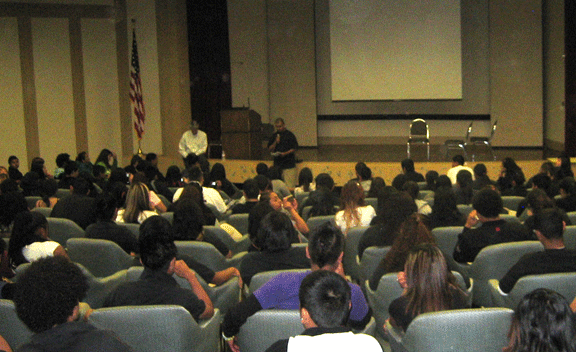
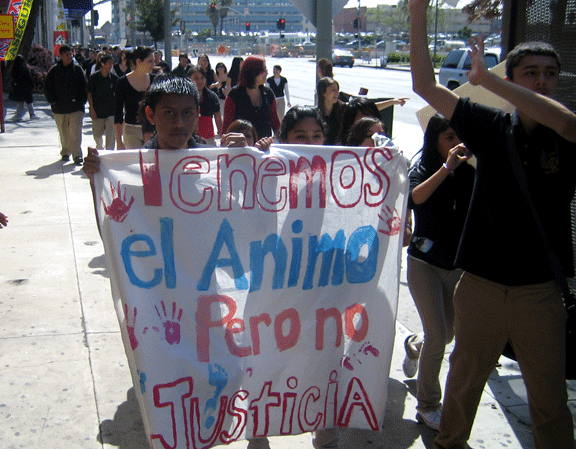
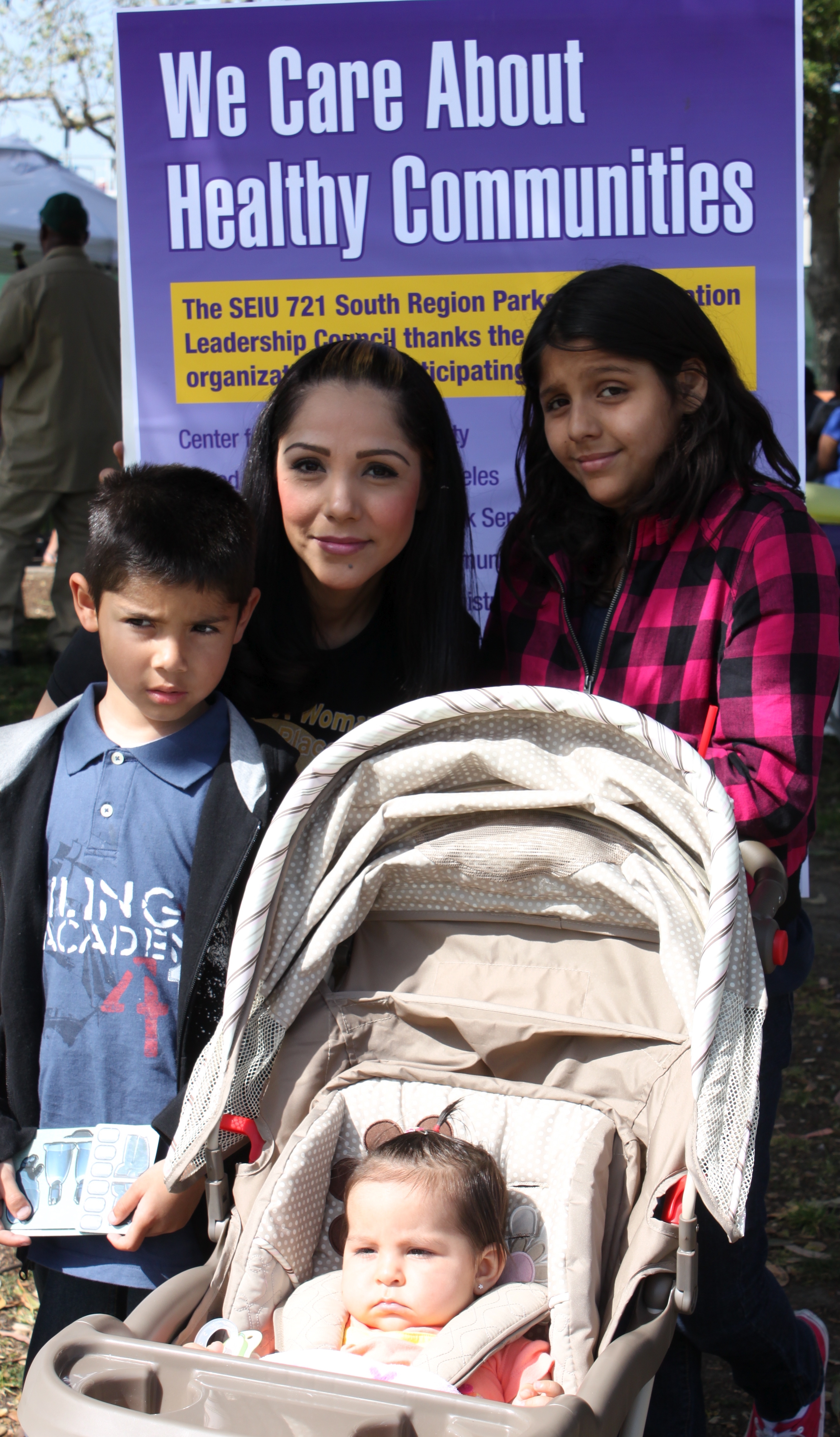 Leticia Rodriquez, a nutrition assistant with the Watts Health Care Corporation and SEIU 721 member with her three children.
Leticia Rodriquez, a nutrition assistant with the Watts Health Care Corporation and SEIU 721 member with her three children.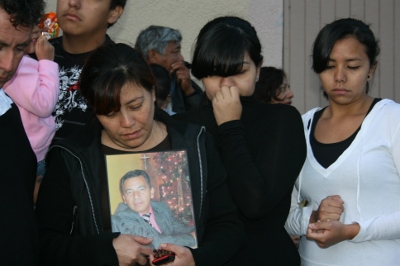 It’s a birthday Vilma Rivera will never forget. On March 23rd, at about 6 p.m., the 46-year-old was returning home with her husband Mario, 51, after buying food for her birthday dinner. As they reached the sidewalk on Crenshaw Boulevard and 29th Street, Mario was hit in the back by two stray bullets from a shootout between two alleged gang members. He was taken to the hospital, but died soon after.
It’s a birthday Vilma Rivera will never forget. On March 23rd, at about 6 p.m., the 46-year-old was returning home with her husband Mario, 51, after buying food for her birthday dinner. As they reached the sidewalk on Crenshaw Boulevard and 29th Street, Mario was hit in the back by two stray bullets from a shootout between two alleged gang members. He was taken to the hospital, but died soon after.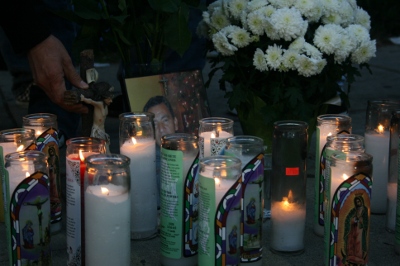 Mario’s friend Jandy Cisneros said she would always remember him as a loving and caring person who was always with his family. “He was a musician. He had an internet radio talk show, he was a member of a band, and played the keyboard, piano and guitar. He loved music, and that’s how we’re going to remember him,” she said.
Mario’s friend Jandy Cisneros said she would always remember him as a loving and caring person who was always with his family. “He was a musician. He had an internet radio talk show, he was a member of a band, and played the keyboard, piano and guitar. He loved music, and that’s how we’re going to remember him,” she said.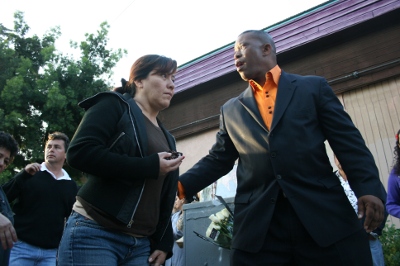 LEFT: Mario’s wife Vilma and Eddie Jones, president of the Los Angeles Civil Rights Association
LEFT: Mario’s wife Vilma and Eddie Jones, president of the Los Angeles Civil Rights Association